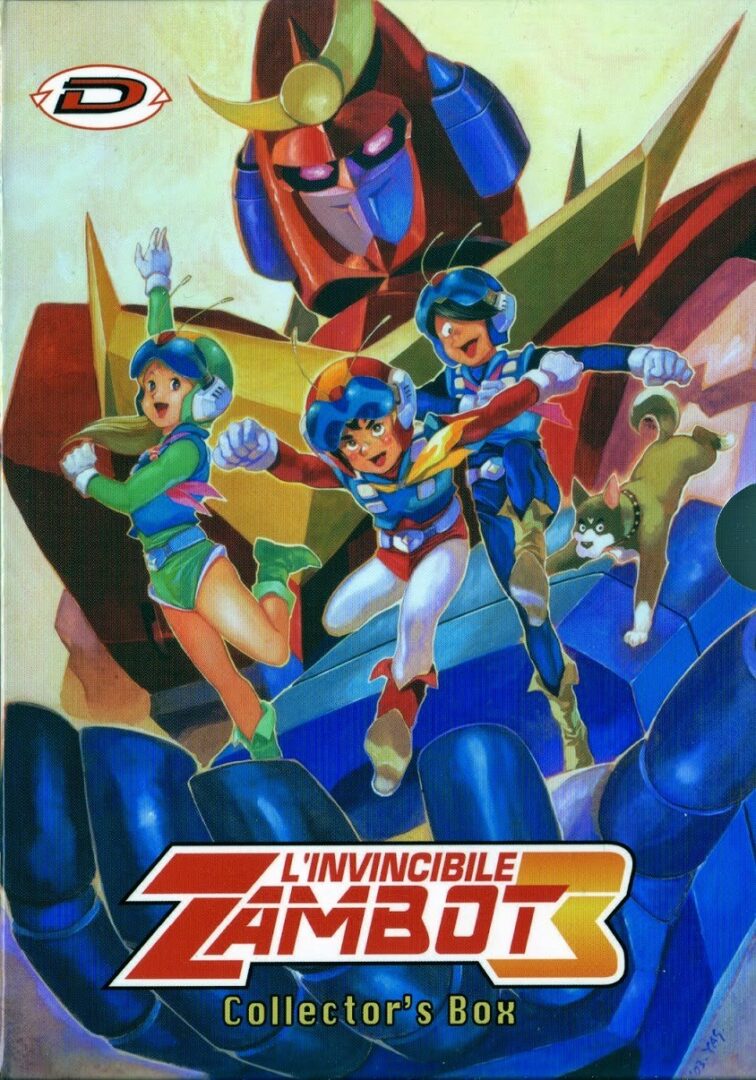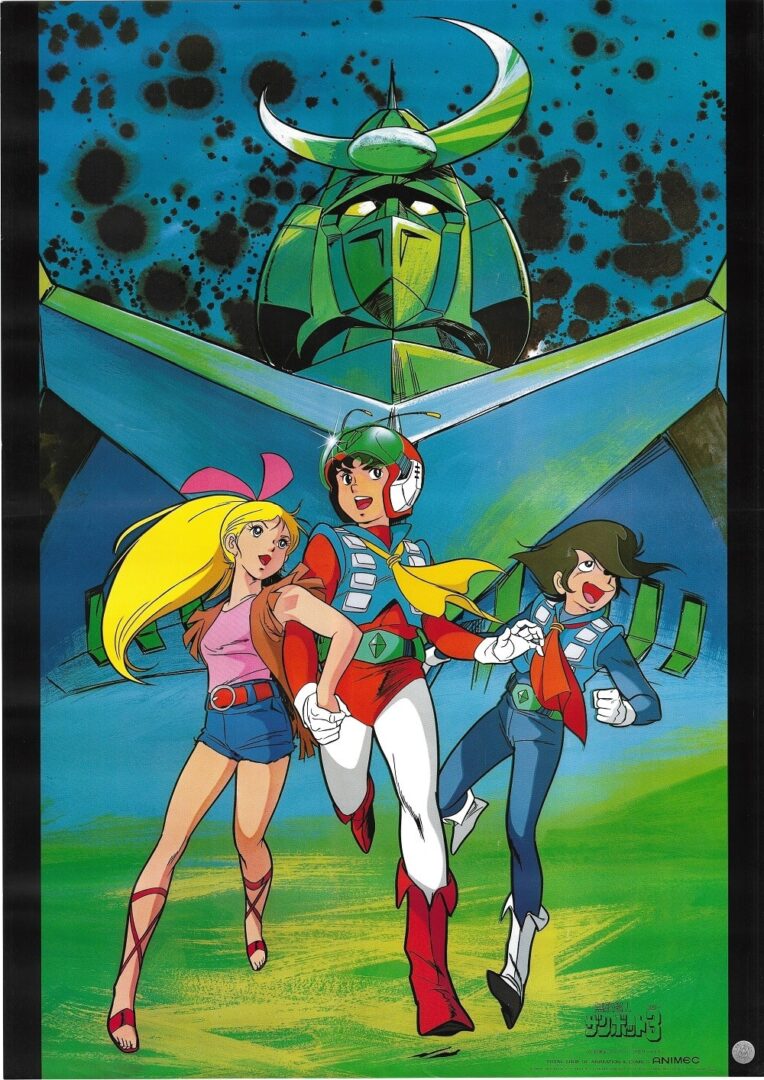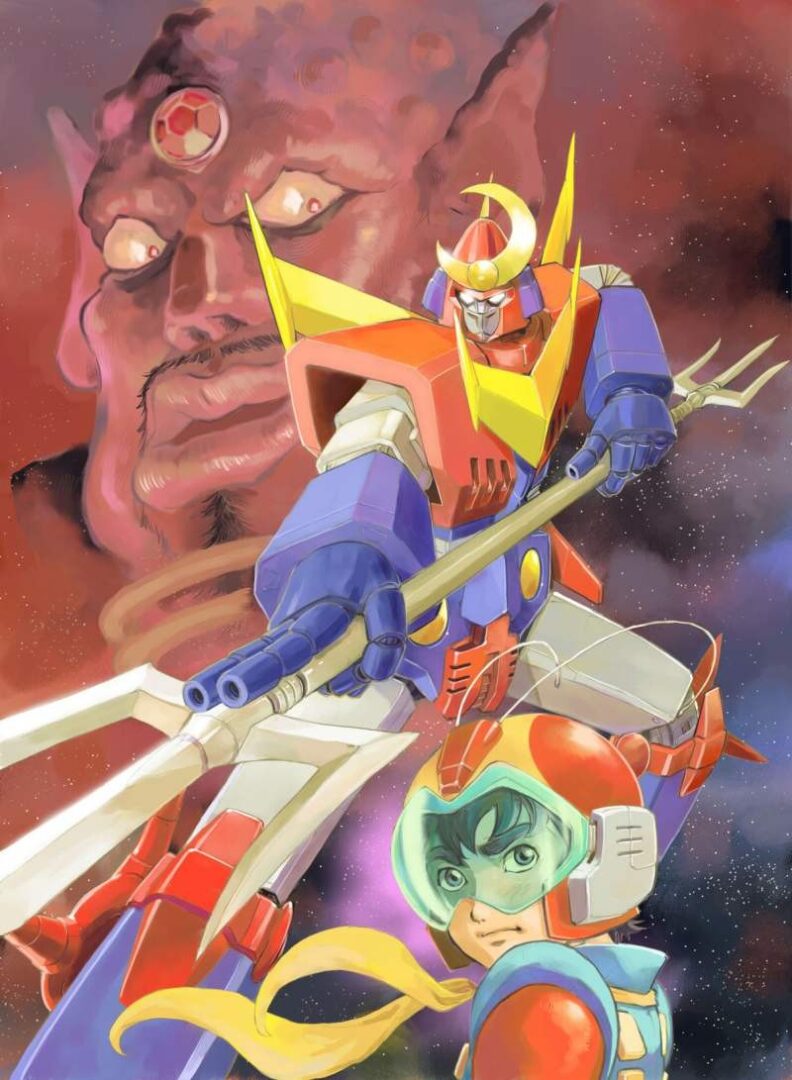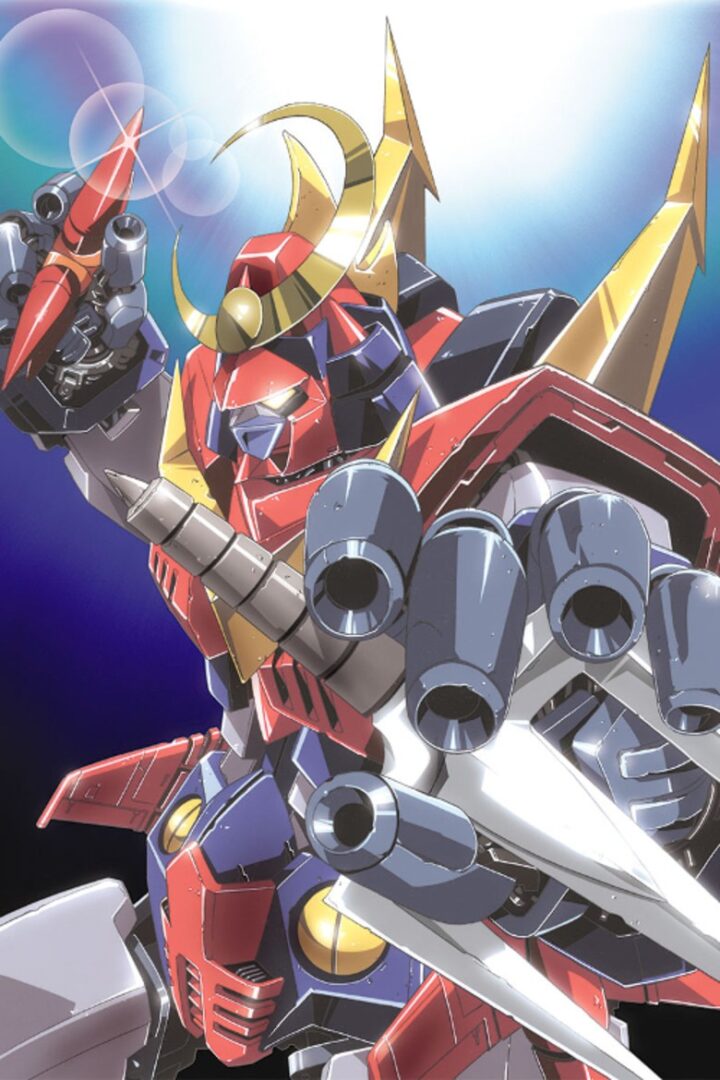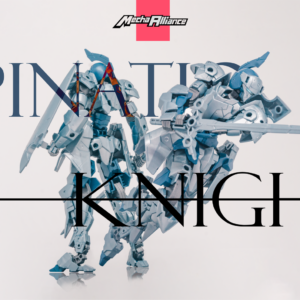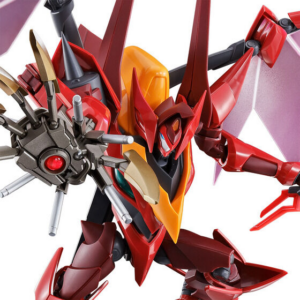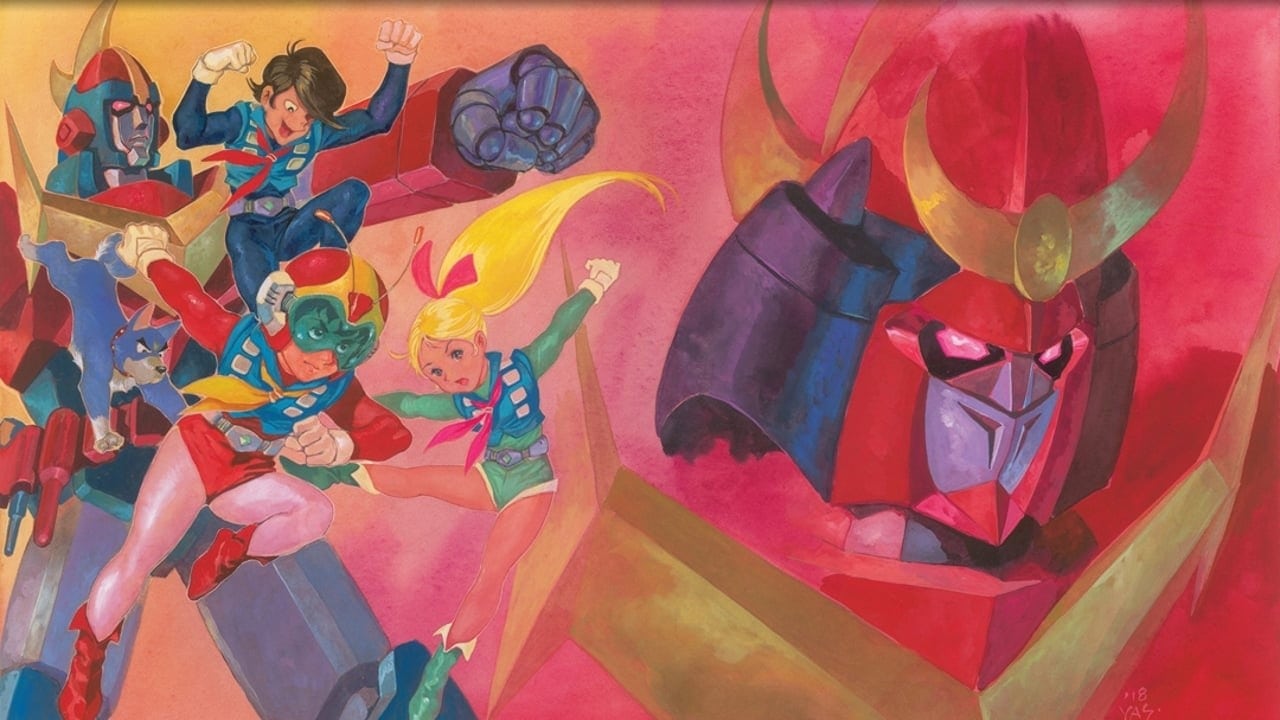
Series Recommendation: Muteki Choujin Zambot 3
Even when no-one appreciate you and scorn you,
would you keep fighting for humanity?
would you keep fighting for humanity?
During the 70s-80s, giant robots were staples of Japanese’ television. They are what kids watch after school, on weekends, what adults watch after work and late at night. Most mechas back then are Super Robots aimed at selling toys with a high episode count and a monster-of-the-week format. But occasionally there are format breakers – and who best to make one than one of the most eccentric Director of all time – Tomino Toshiyuki. Incidentally, this series also earned him his infamous nickname “Kill ‘Em All” Tomino.
Invincible Superman Zambot 3 was made in 1977 with only 23-episode. It is also the first of the Muteki trilogy consisting of Zambot 3, Daitarn 3 and Tryder G7. The series started off with the usual “alien invasion” and a unique Super Robot that can stand against them while the rest of the world remains helpless. But to human’s favor, the alien only send one evil robot at a time. However, the fight isn’t just simply “evil robot appears, Zambot 3 arrive and fight it, won and everyone head home” kinda thing. There’s a lot of things that Director Tomino included in this “toys advertisement” that might shock even the most veteran fans.
Invincible Superman Zambot 3 was made in 1977 with only 23-episode. It is also the first of the Muteki trilogy consisting of Zambot 3, Daitarn 3 and Tryder G7. The series started off with the usual “alien invasion” and a unique Super Robot that can stand against them while the rest of the world remains helpless. But to human’s favor, the alien only send one evil robot at a time. However, the fight isn’t just simply “evil robot appears, Zambot 3 arrive and fight it, won and everyone head home” kinda thing. There’s a lot of things that Director Tomino included in this “toys advertisement” that might shock even the most veteran fans.
+ Plot: In the series, Zambot 3 is owned and controlled by the Jin family – with Kappei Jin being the main pilot of the Zambo Ace and Zambot 3. Their enemy is the despicable Gaizok that seek to destroy the Earth and annihilate all humans. So as the only people who can, the Jin family take up the responsibility to fight. However, the citizens aren’t pleased with the fighting and attribute Gaizok’s aggressive to be Kappei and his relatives’ faults. They think the Jin family, and by extension their robots, are the causes of the Gaizok invasion that caused a great many lives to be lost. This type of settings isn’t very common in a children-centric Super Robot show, so Director Tomino pulling this type of story is both bold and surprising.
Zambot 3 isn’t just about protecting the weak and repel the bad guys, but it’s also endurance, empathy and perseverance. The development of the cast – most particularly Kappei and his “rival” Kouzuki – is some of the most hard-hitting and emotional out there. Everyone in Zambot 3 feel like they are truly fighting and living in a war, unlike other series where most remain oblivious after the weekly attacks. Zambot managed to use the monster-of-the-week format to advance the plot linearly at a fast pace, instead of doing the usual episodic format. To its advantage, Zambot 3’s fast pace manage to deliver the emotional impact way faster and harder than most mecha series out there, and since the series doesn’t differentiate between “soldiers” and “normal people”, it hits hard.
Zambot 3 isn’t just about protecting the weak and repel the bad guys, but it’s also endurance, empathy and perseverance. The development of the cast – most particularly Kappei and his “rival” Kouzuki – is some of the most hard-hitting and emotional out there. Everyone in Zambot 3 feel like they are truly fighting and living in a war, unlike other series where most remain oblivious after the weekly attacks. Zambot managed to use the monster-of-the-week format to advance the plot linearly at a fast pace, instead of doing the usual episodic format. To its advantage, Zambot 3’s fast pace manage to deliver the emotional impact way faster and harder than most mecha series out there, and since the series doesn’t differentiate between “soldiers” and “normal people”, it hits hard.
+ Animation: Zambot 3 is a 70s show, so the quality is pretty much what you’d expect. There are a lot of reused animation, mostly the combination scenes and weapon equipping parts. The combat is actually decently paced and well-choreographed. There are a lot of off-model frames, but it is quite the norm for old hand-drawn series. The most notable parts are the explosion effect and facial expressions, and Zambot 3 did a very good job of depicting it.
+ Mecha Design: Designer Hirayama Rioji undertook the task of creating the titular robot Zambot 3 and its components. It was actually his first design job at Sunrise when he joined the company. The three components include a jet that can transform into a smaller robot, a tank-like vehicle that can fly freely (because reasons), and a frigate ship. The combination sequence is well-thought out considering it has to also be feasible to be made into a toy. The crescent moon addition on the head was a toy-conscious decision since everything back then was preferred to be symmetrical, and I think this add a lot of personality to the robot itself.
+ Mecha Design: Designer Hirayama Rioji undertook the task of creating the titular robot Zambot 3 and its components. It was actually his first design job at Sunrise when he joined the company. The three components include a jet that can transform into a smaller robot, a tank-like vehicle that can fly freely (because reasons), and a frigate ship. The combination sequence is well-thought out considering it has to also be feasible to be made into a toy. The crescent moon addition on the head was a toy-conscious decision since everything back then was preferred to be symmetrical, and I think this add a lot of personality to the robot itself.
+ Music: The opening is very standard 70s Super Robot shows which is very energetic, and has the robot name in the lyrics, praising it to be the awesome warrior that it is. Zambot’s soundtrack highlight is actually the ending, with a somber tone with the lyrics that depict all the emotional turmoil that went on in the series. It gets even more impactful in the latter part of the series.
+ Conclusion: Zambot 3 is not just a typical Super Robot series, Tomino weaved a lot of social impact of war – which was felt by war victims all over the world. Aside from the good vs bad aspect of the series, Zambot is also about the unyielding will to persevere against the current, about self-sacrifice and the courage to pursue justice. The battles of Kappei and his family isn’t just material, but also physiological and mentally. Zambot 3 is one of those series that made you feel more than just some mecha battles to save the day, but also about the dark and noble side of the human heart.
+ Conclusion: Zambot 3 is not just a typical Super Robot series, Tomino weaved a lot of social impact of war – which was felt by war victims all over the world. Aside from the good vs bad aspect of the series, Zambot is also about the unyielding will to persevere against the current, about self-sacrifice and the courage to pursue justice. The battles of Kappei and his family isn’t just material, but also physiological and mentally. Zambot 3 is one of those series that made you feel more than just some mecha battles to save the day, but also about the dark and noble side of the human heart.
Check out more recommendations:
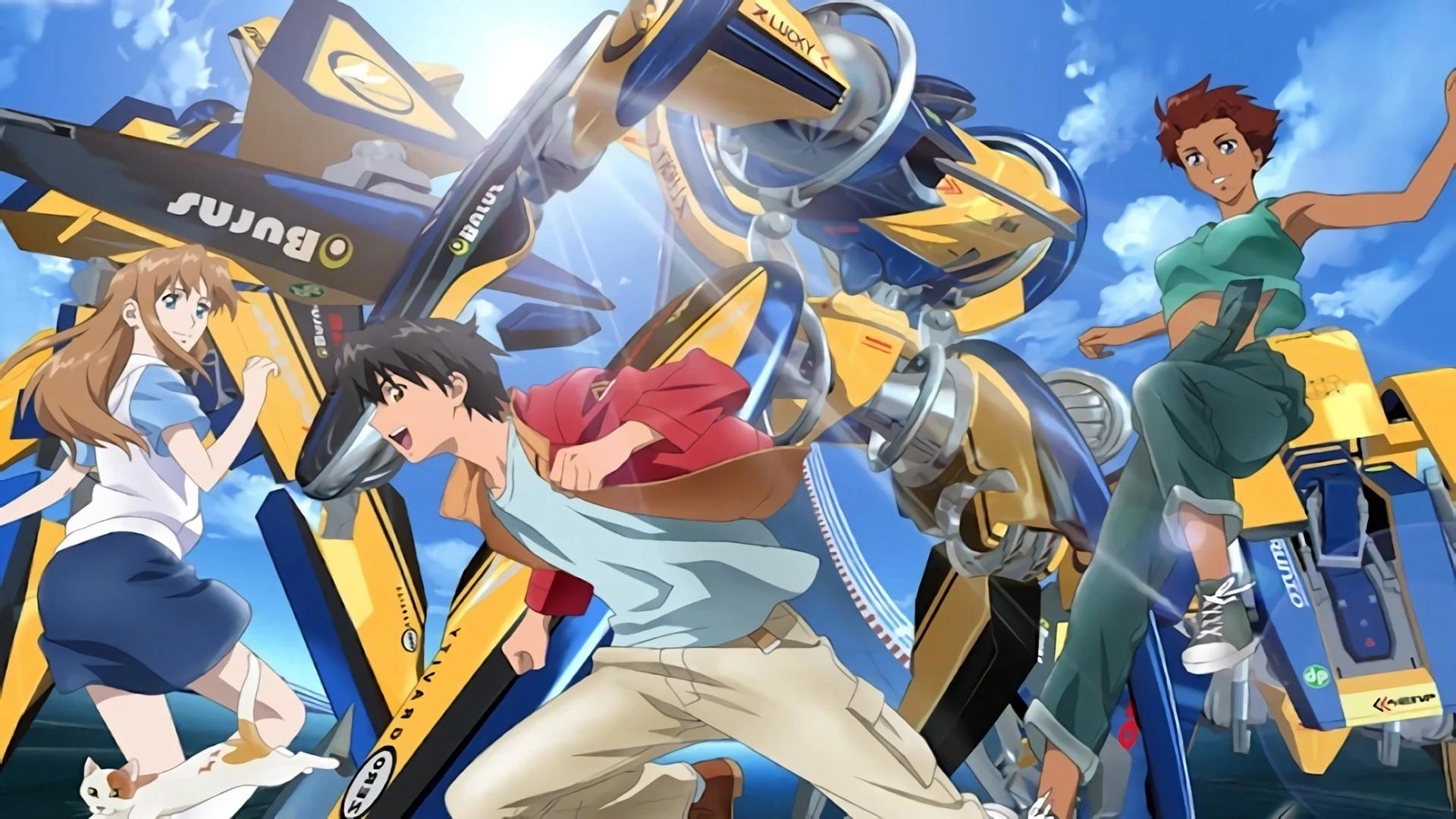
I am speed! Sports mecha isn’t very common. But when done right, it can deliver a rush just like other mecha series. Join the Immortal Grand Prix for some adrenaline-pumping races!
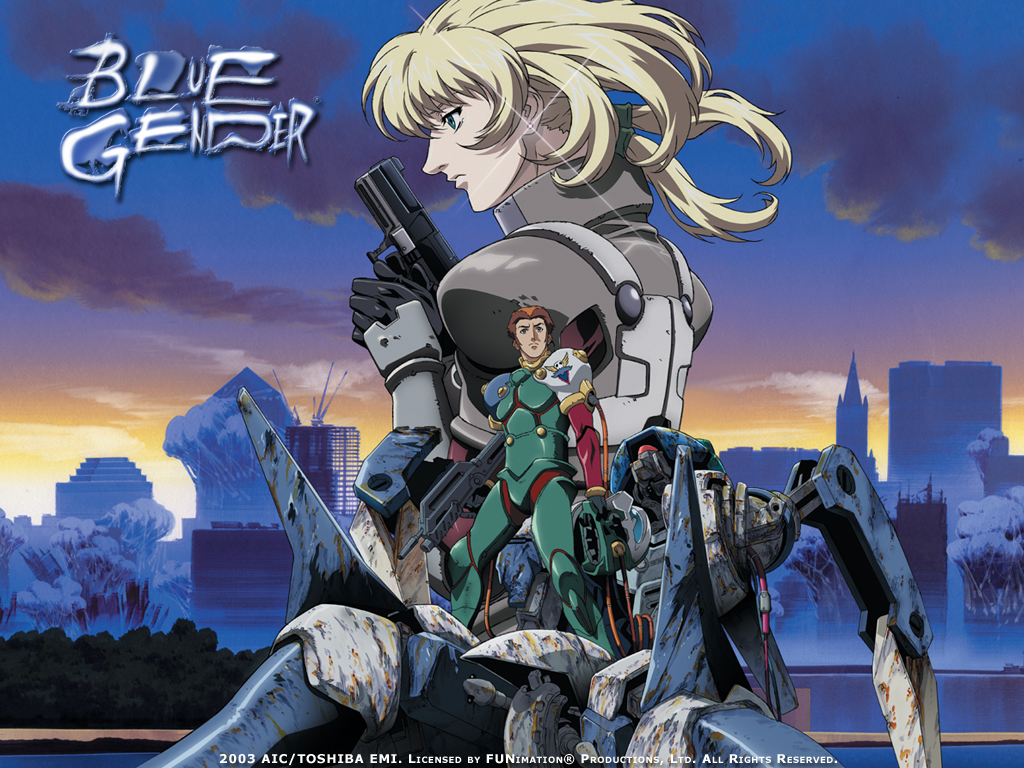
A classic premise of human versus monsters that push one’s limit to the max. But can our hero overcome that limit, or succumb to the unending fires of war.

An action-filled romcom that takes place in the vast space, Vandread is a story about a society divided. For some obscure reasons, men and women are forced to live separately on different colonies, destined to never come into contact with each other. Until the day Hibiki Tokai, our teenage hormone-filled male, decided to steal a Vanguard – a mecha used for the gender war. He then got caught in an attack by female pirates and was forced to journey with them when they all got thrown through a wormhole and had to look for a…
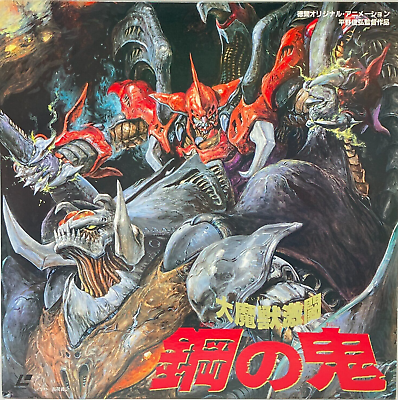
Daimajū Gekitō: Hagane no Oni (大魔獣激闘 ~鋼の鬼~, Fierce Battle of Colossal Beasts: Steel Devil) is a 1987 Japanese original video animation directed by Toshiki Hirano, with a screenplay by Shō Aikawa. Mechanical designs were handled by Kōichi Ōhata, and Masami Ōbari served as animation director. The story follows Takuya, who visits a research facility to reconnect with an old friend, uncovering their shared involvement in a mysterious experiment conducted three years earlier, in 1984.
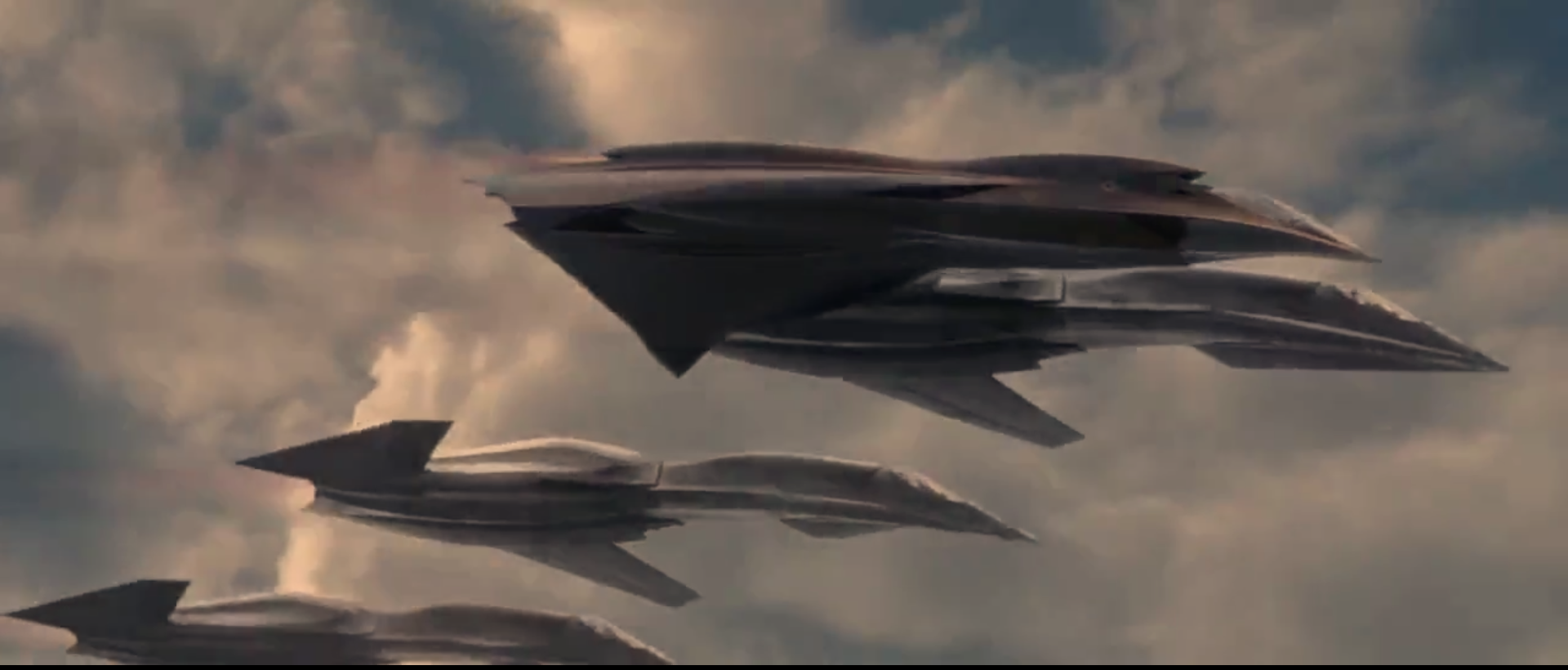
Let’s turn and burn! A movie about futuristic stealth fighter and AI-jet. Sounds familiar? This is Macross Plus live action with a sprinkle of Ace Combat and Yukikaze.
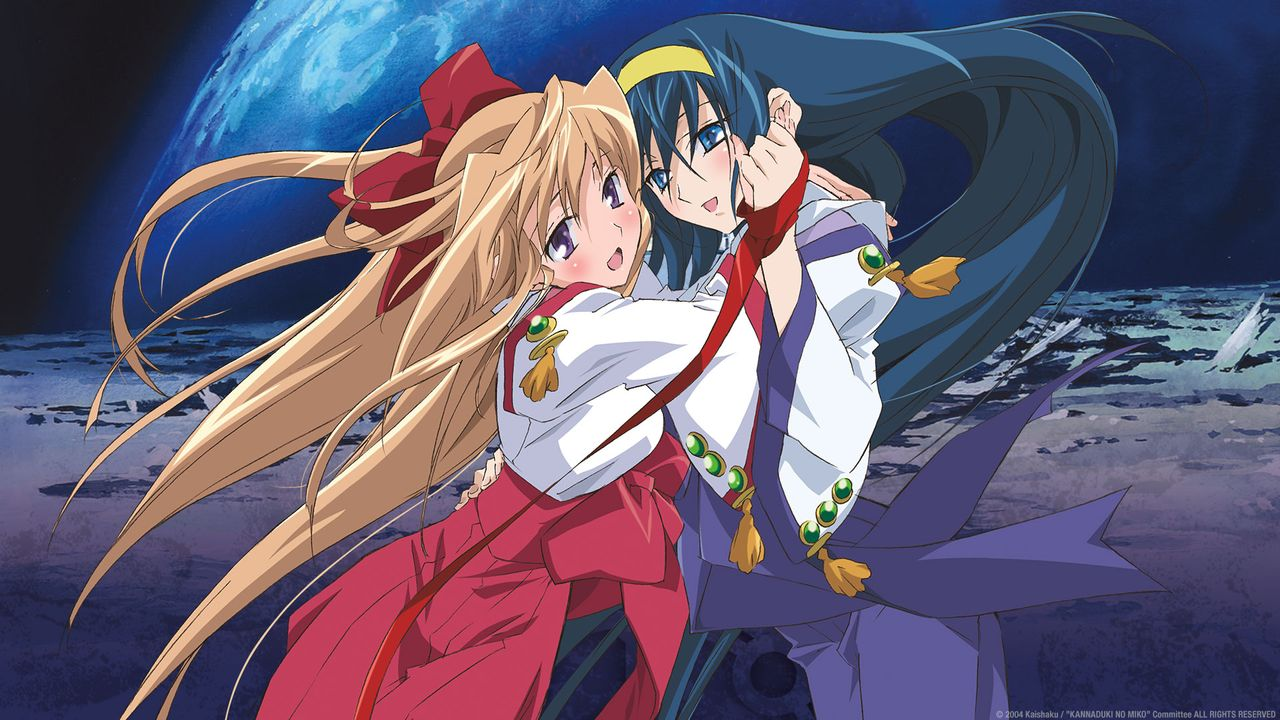
A combination between Japanese myths and mecha. An intricate relationship between 2 girls and one guy, with intense Super Robot combat in-between.

A chance to see the A.D Police from Bubblegum Crisis in honorable action. Two detectives take on cases of rampage Boomers, unraveling a sinister plot that can change the world.
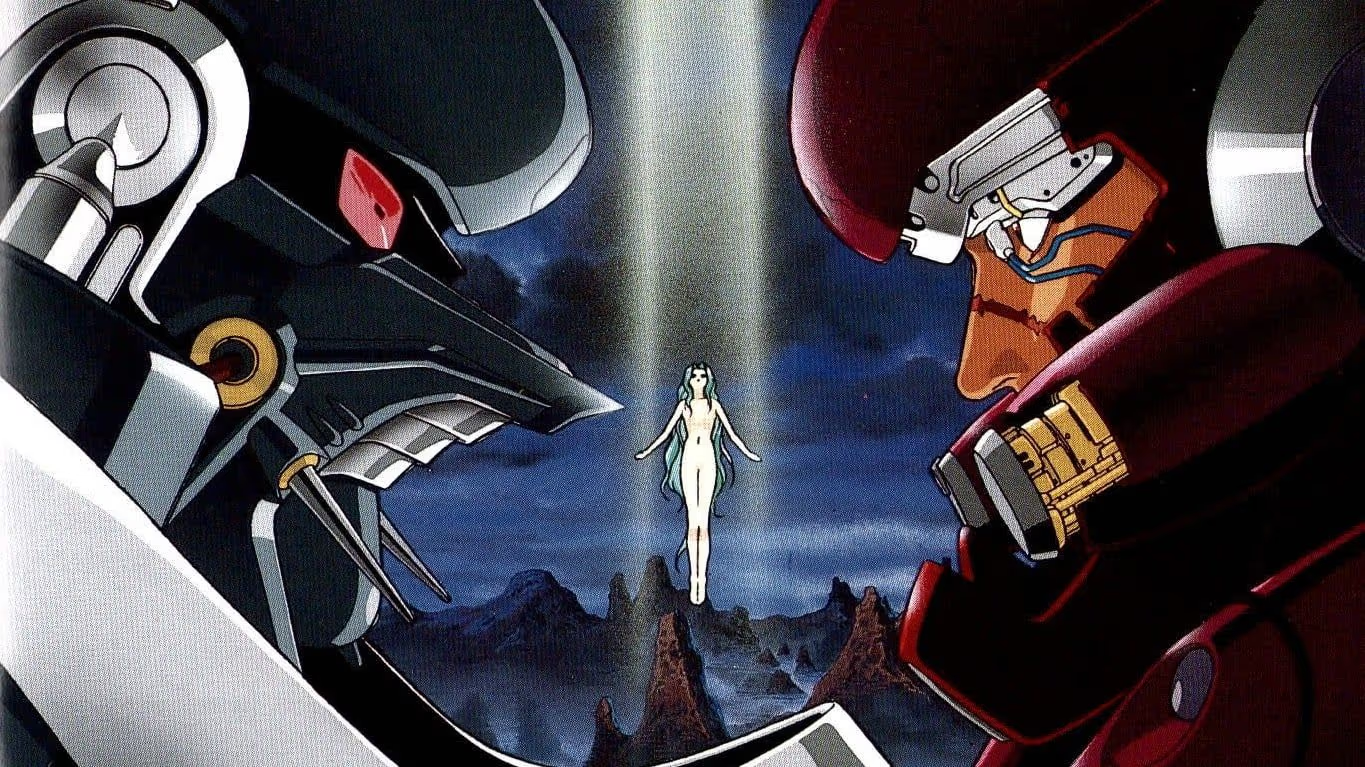
An apocalyptic tale of burning sand and monsters. A young man set out for vengeance, acquiring the usual hot chick and robot buddy on the way.
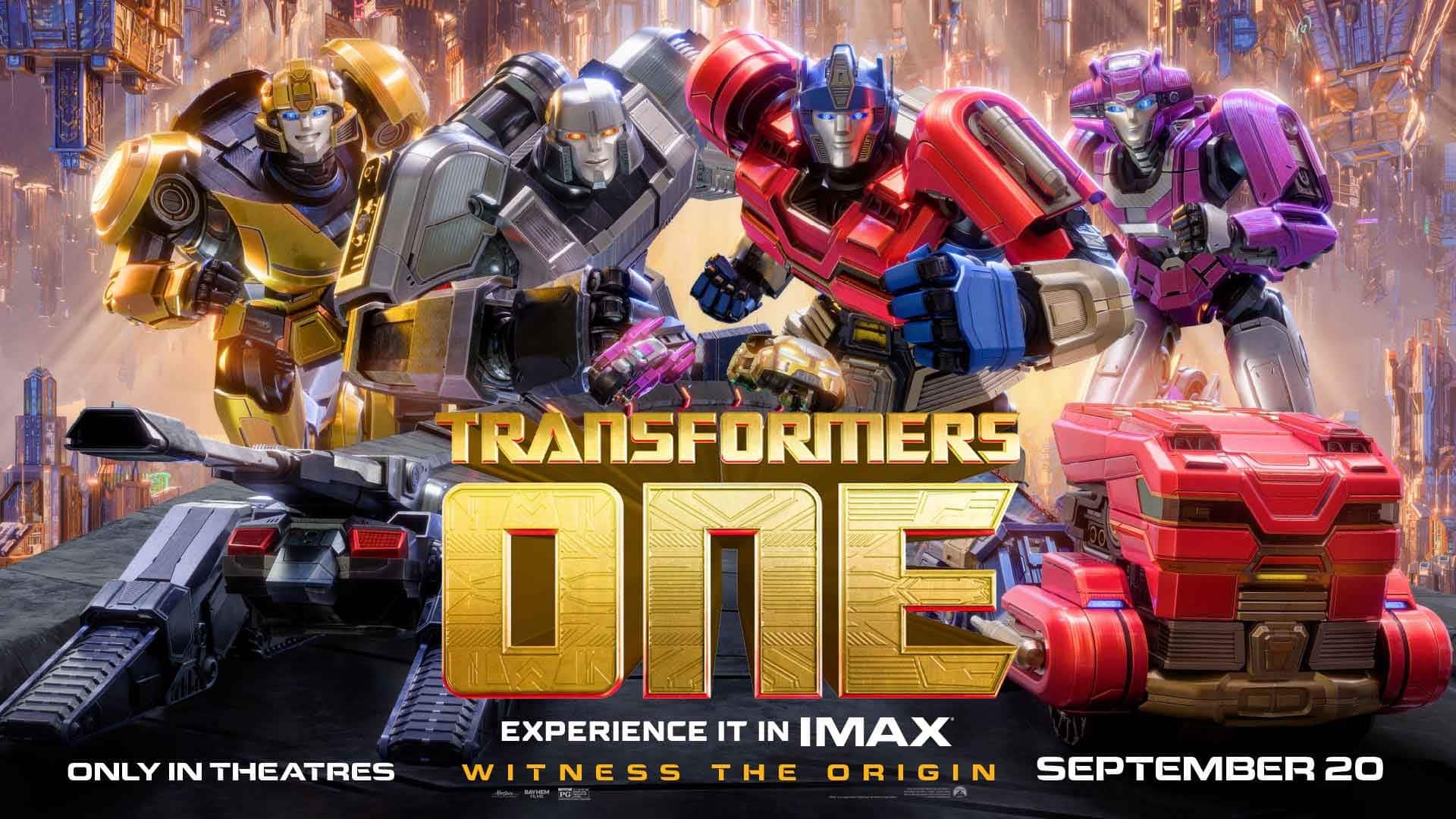
A refreshing tale about how the best of friends became sworn rivals. A vibrant, well animated movie where characters shine through their own merits, and bring a new wind to the franchise.
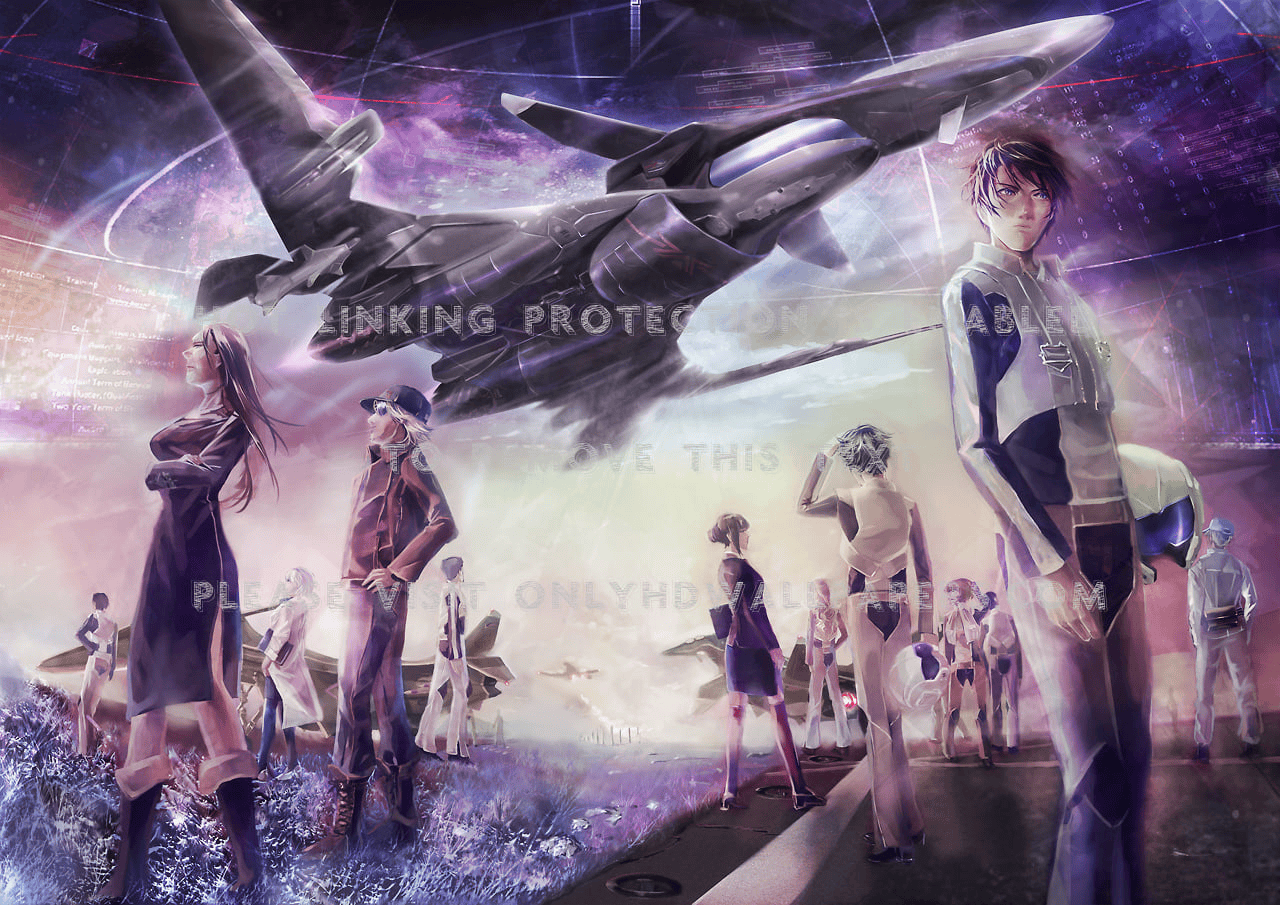
The fruit of collaboration with Japan Air Self-Defense Force, the air combat scenes of this anime is what set it apart
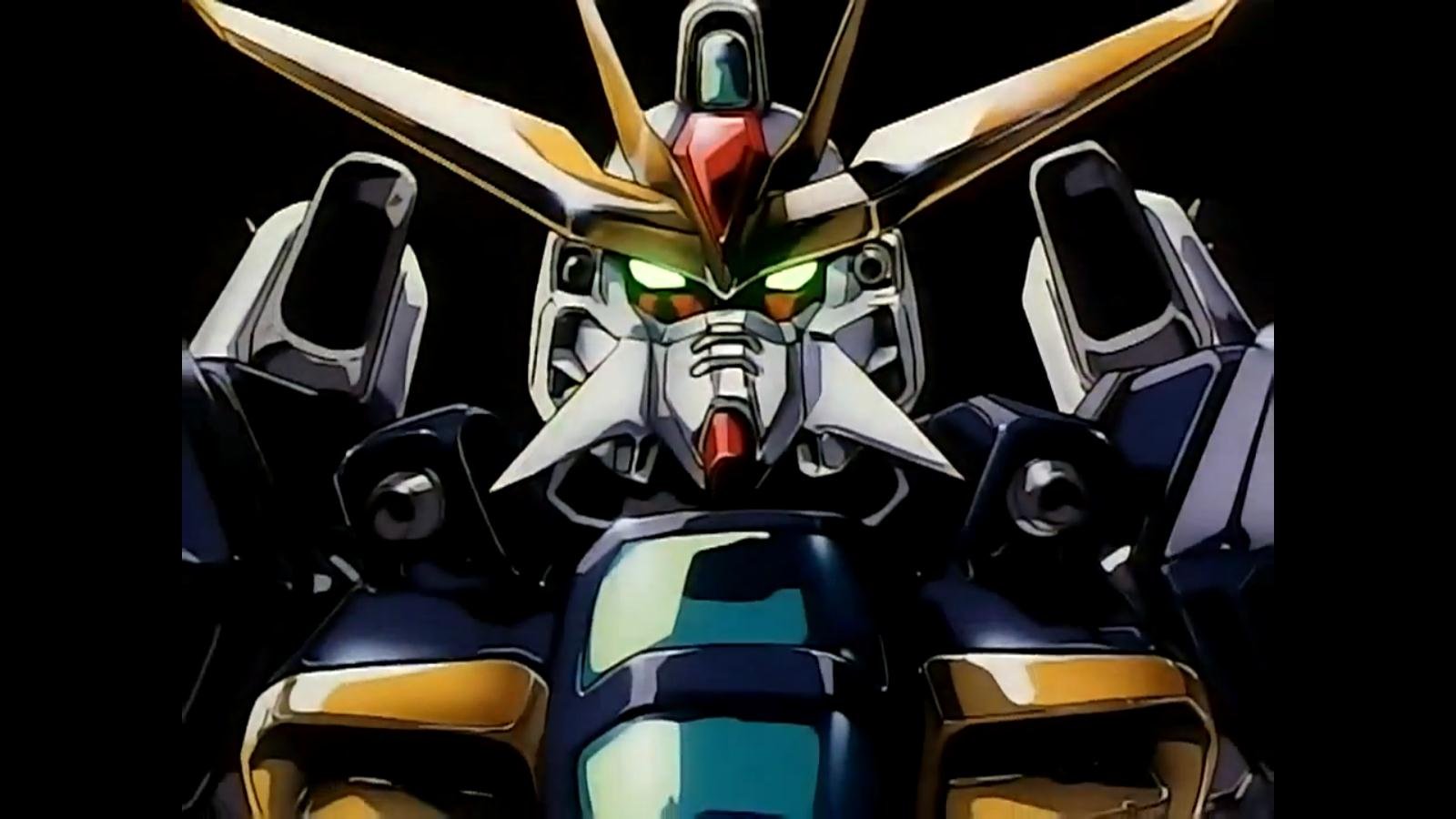
Despite often being overlooked by newer fans, After War Gundam X is a must watch for any Gundam lovers.

Passion makes satisfaction. A group of student show what they can accomplish with a mecha short film that leaves you desperately wanting more!

A seemingly impossible task of building Mazinger Z hangar in real life. A ragtag team of a planning company assembled the Fantasy Division to turn fiction into reality.

A light-hearted series that turned into intense space opera. The Girl Who Leapt Through Space leaps through many genre to deliver a unique experience and turn everyone’s expectation upside down.

A desolate planet now submerged in liquid. A totally unique and fresh mecha series where all the robots are underwater. Oh and there’s also a talking whale.

A love story that spans through 12000 years. The war between Angels and humans fueled by passionate emotions. Shoji Kawamori shows us why he’s the master of the sky.
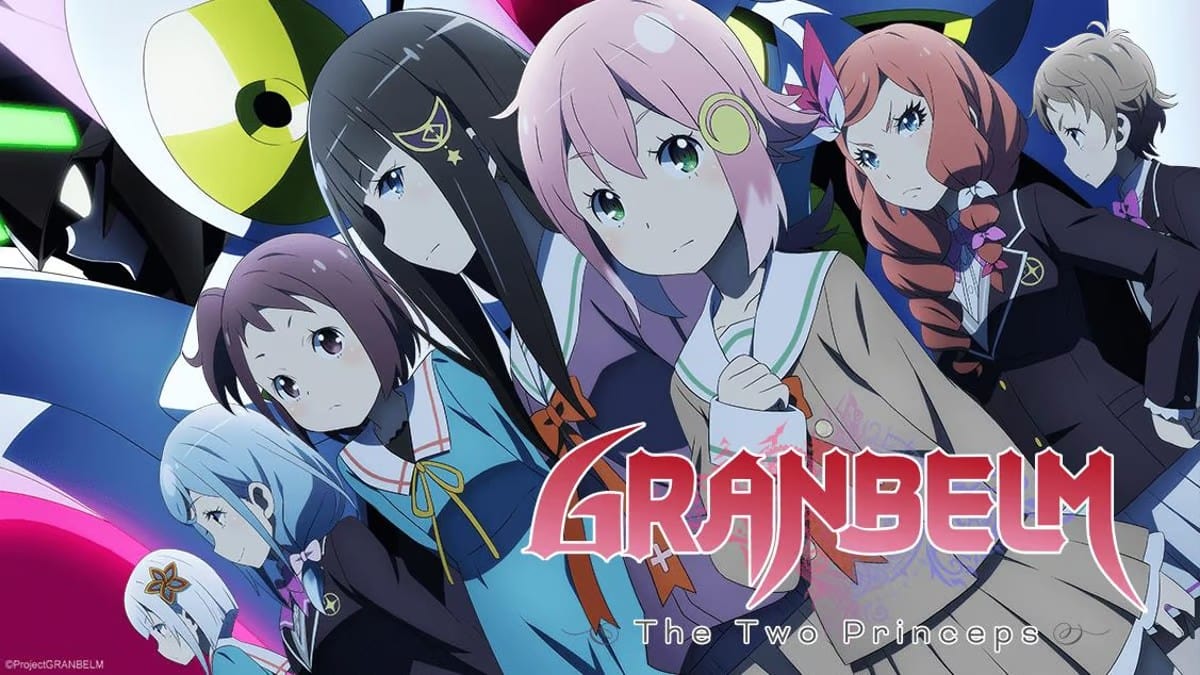
What happens if we mix Mahou Shoujo, Mecha and Battle Royale into one? We get Granbelm – an emotional story about the lives of young girls entangled in an ancient war.
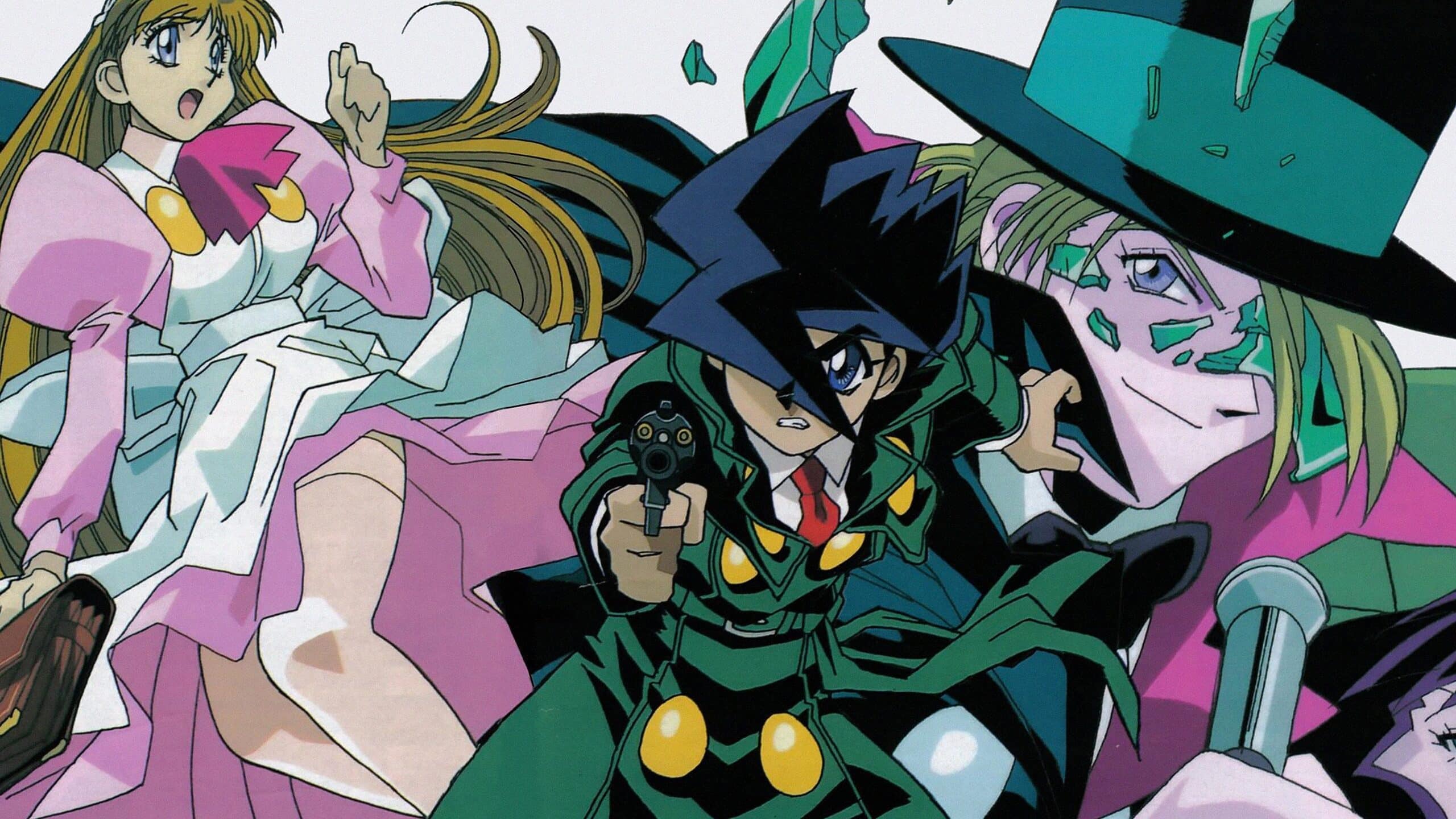
In the city of smoke and steam, a young kid works as a detective alongside his nurse and butler to protect the peace. An old classic for fans of the steampunk style.

The 2nd season of the lovely Mass-Produced Riko series. Join Riko and co as they embark on an all new venture, while drawing interesting lesson from building plastic models.

The long-awaited continuation of the mecha isekai of pain. Season 2 of Muv-Luv Alternative is definitely trying to woo you by slamming intense scenes at you – but is it worth it?

One of the most difficult to adapt Mecha series, Muv-Luv Alternative anime started off with a questionable season, but you should still check it out.

A remake of another Tatsunoko hero. The Space Knight returns with a completely new story, design and brings us on an emotional journey of a tragic hero.
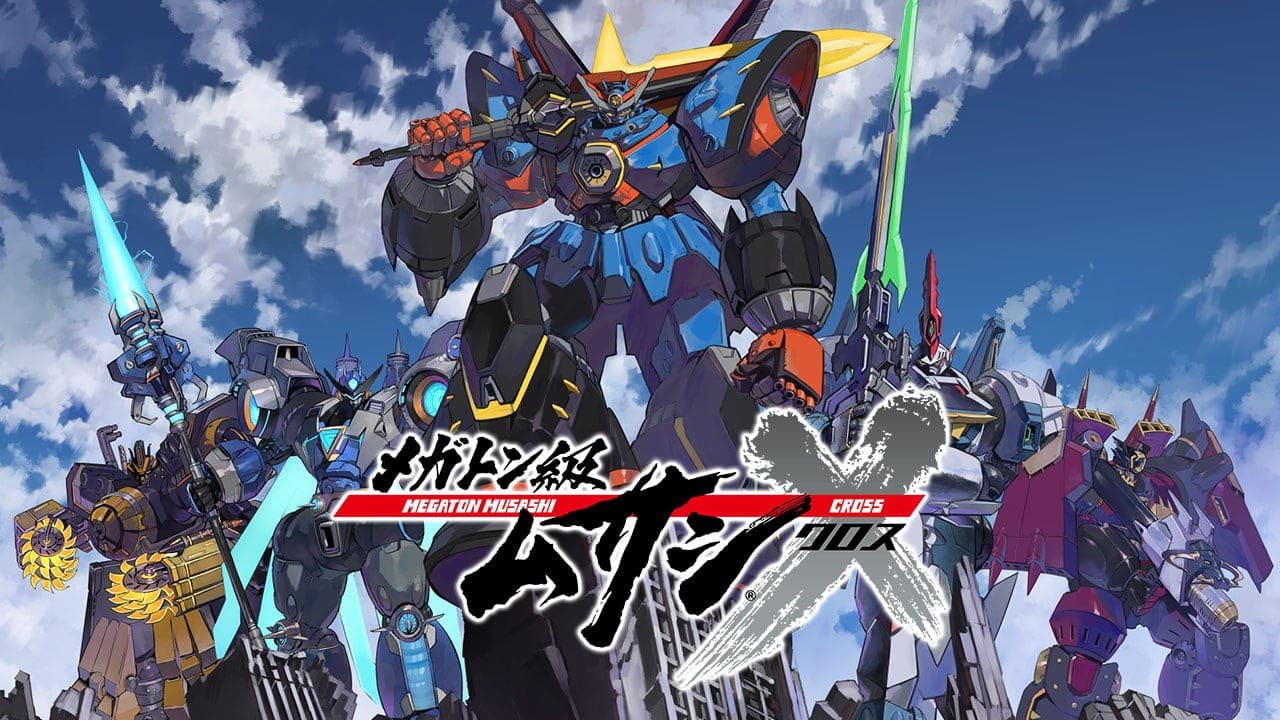
The continuation of the hot-blooded saga, this time filled with emotional drama and even more badass action. A great video game adaptation but not without flaws.
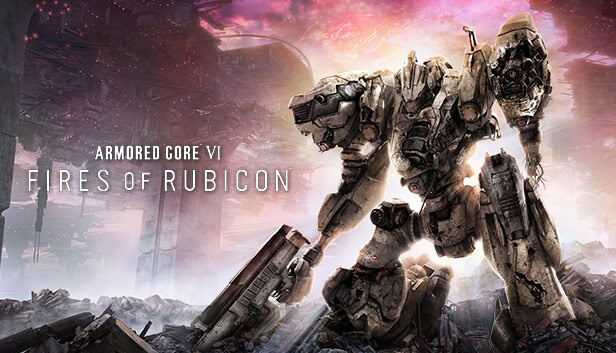
The long awaited legend’s return that satisfy all mecha fan’s longing for a good game. Armored Core 6: Fires of Rubicon is an experience you have to play to believe.
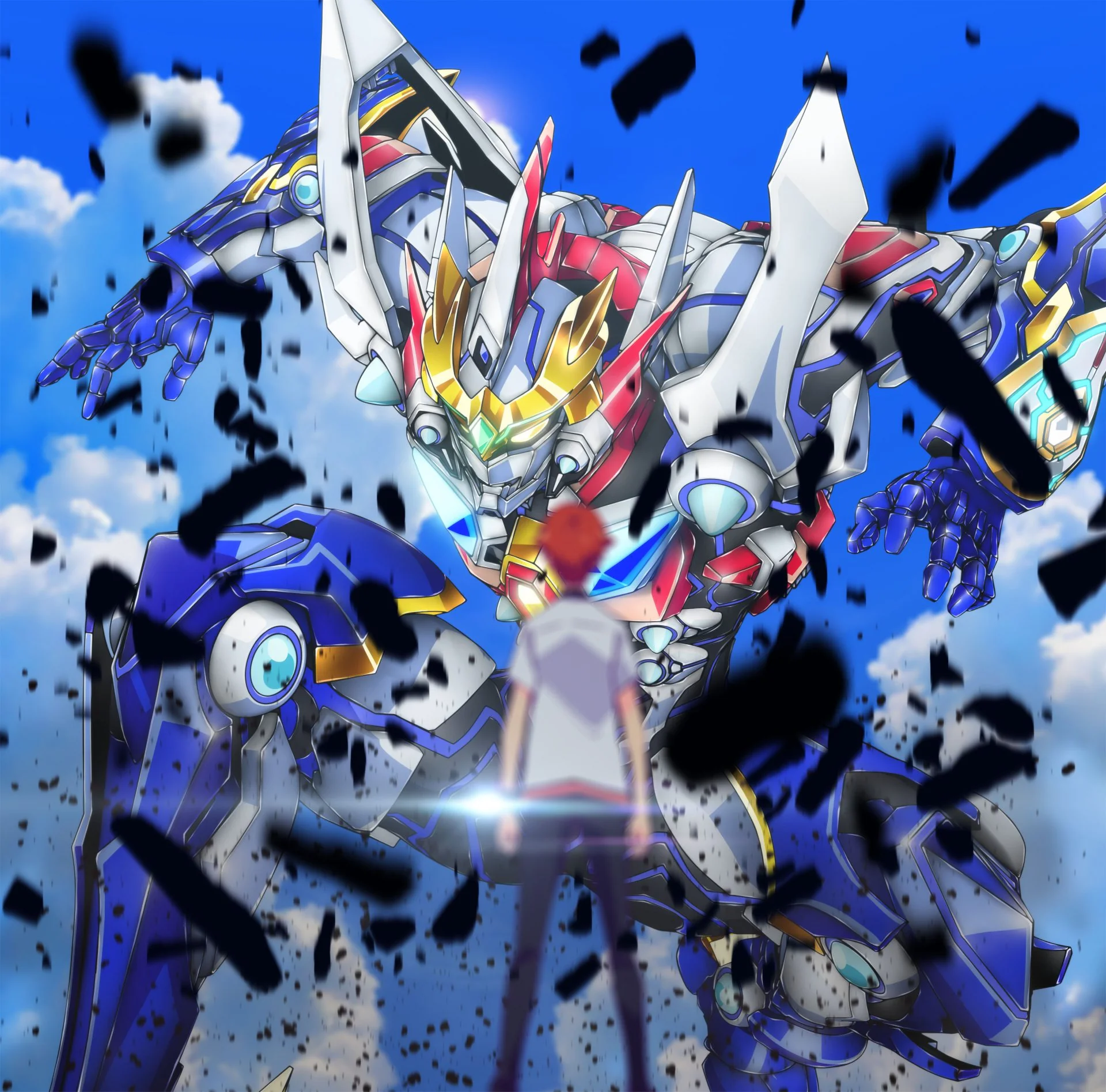
Universes collide as the cast of Gridman and Dynazenon is caught in a dimensional anomaly. But what’s more troubled is Yuuta – who has to become Gridman again with a troubled heart.
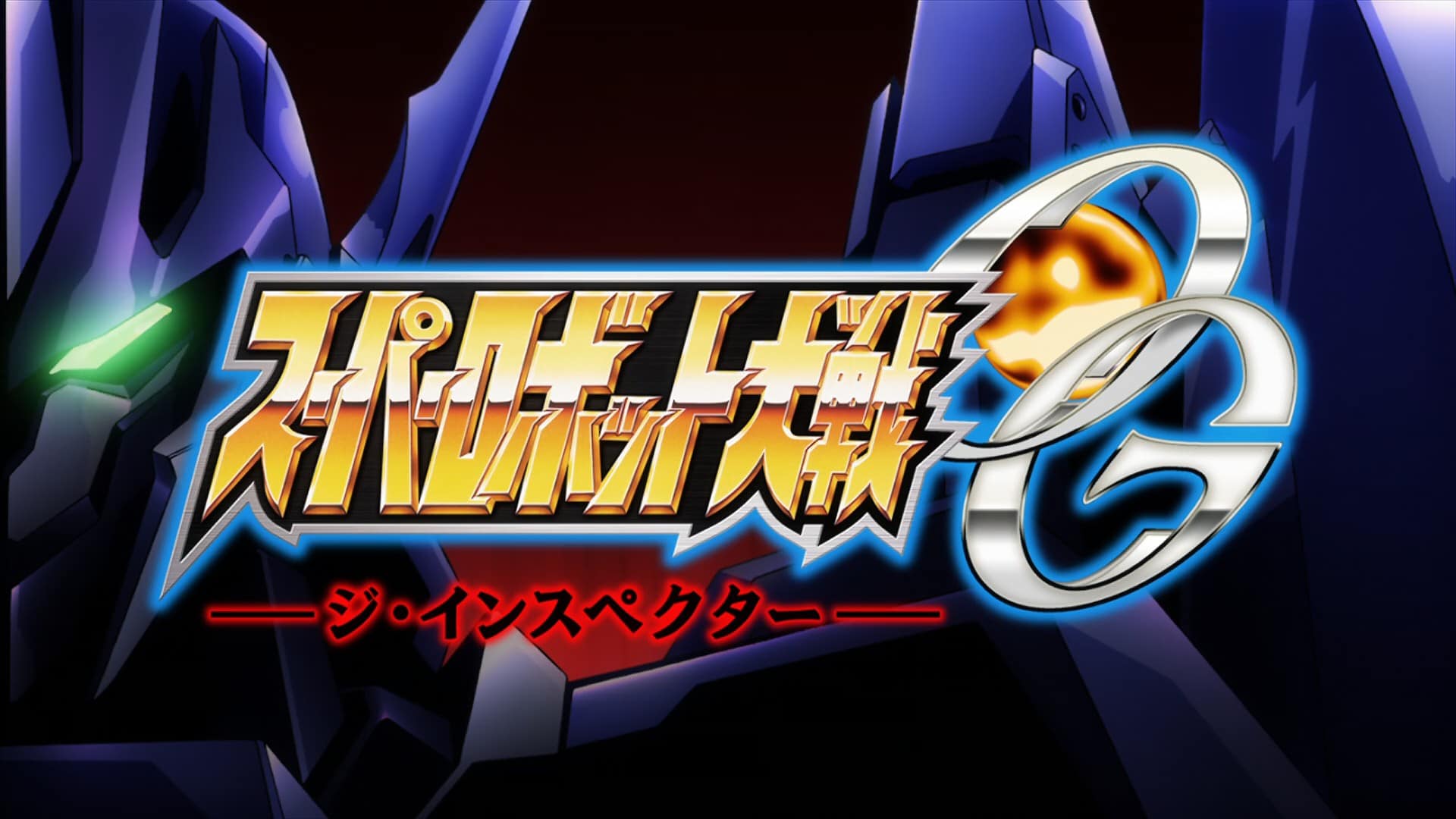
When you talk about the most badass mecha, you have to mention SRW OG and Masami Obari. And when these two combine, you get the best SRW anime of all time.
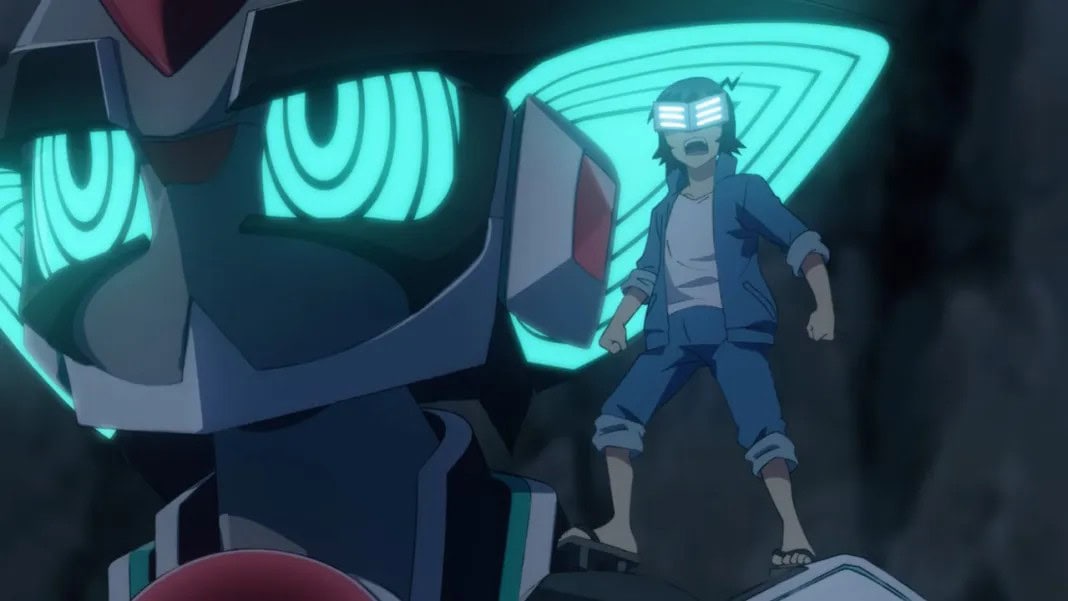
A unique series where the true pacifism versus justice. A bold premise and interesting gimmick make Planet With a very selective series in terms of audience – but it definitely deserves a chance.
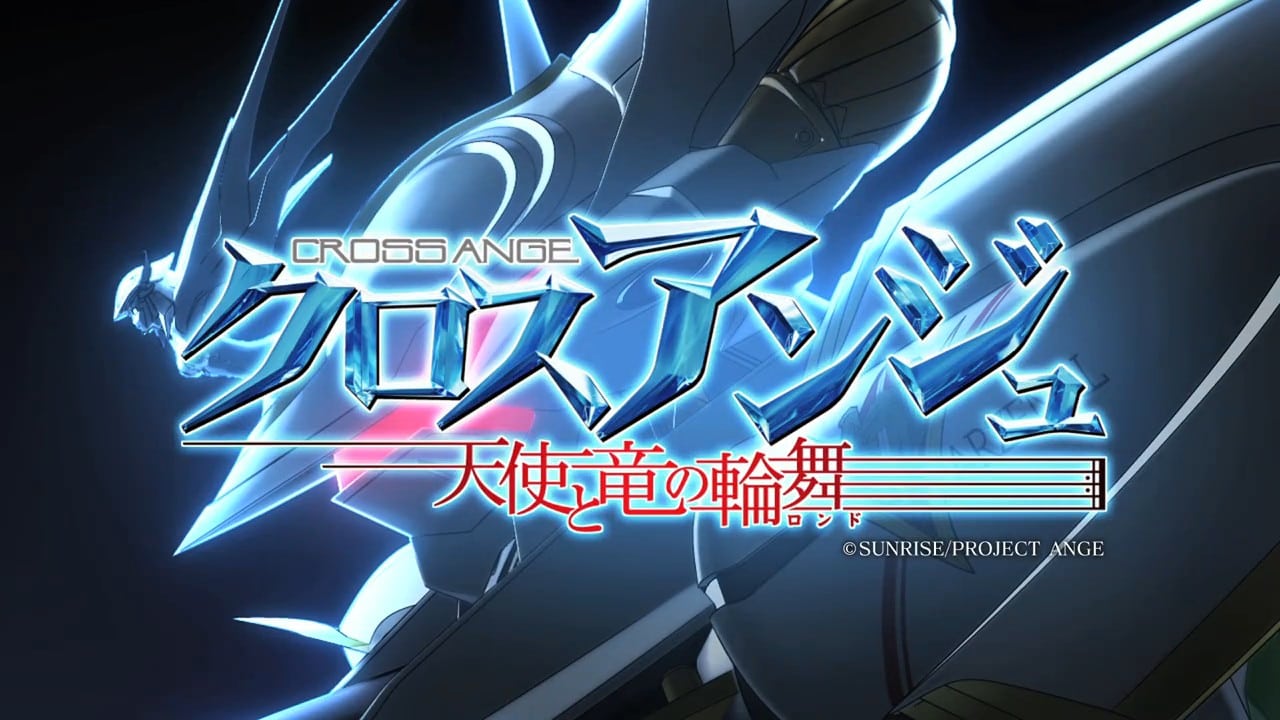
From the studio that created Buddy Complex and Valvrave, Cross Ange is another Sunrise’s original that challenges the limit of its audience once more .
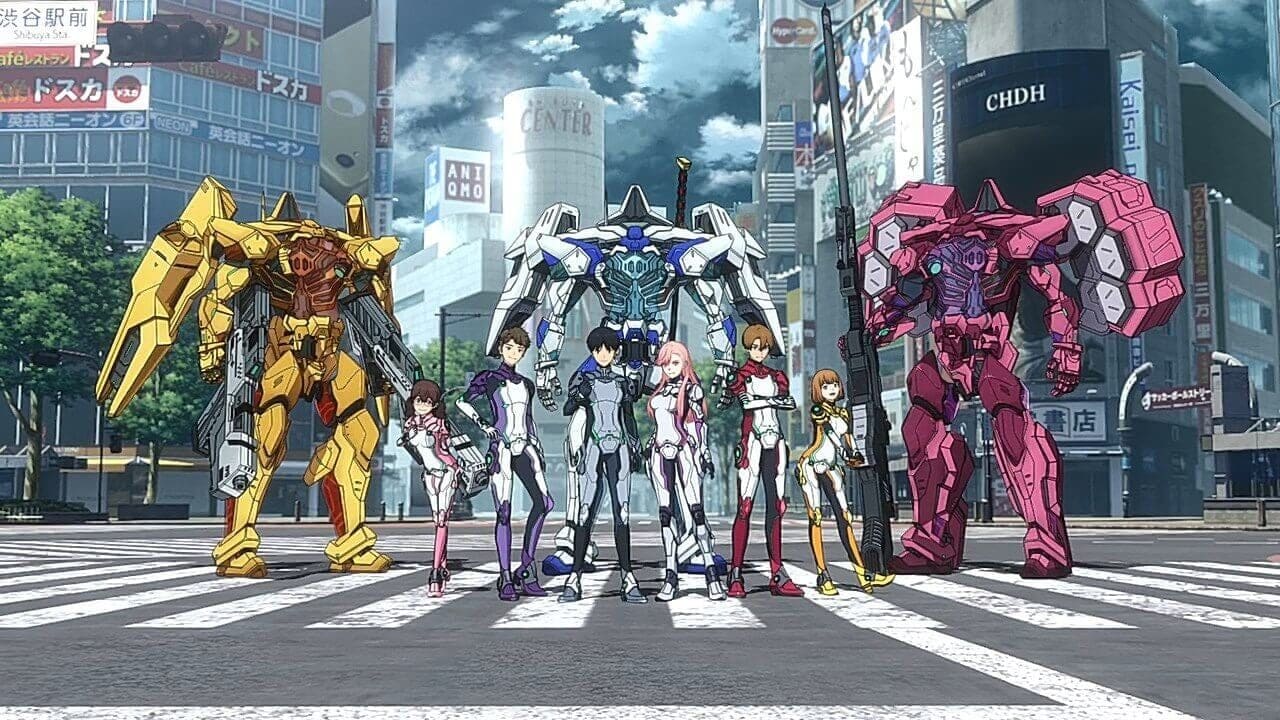
What will you do if you’re teleported to a time with giant grotesque monsters? For teenage student Daisuke Doujima, it’s a perfect chance for him to become a hero, and a saviour. But can he?
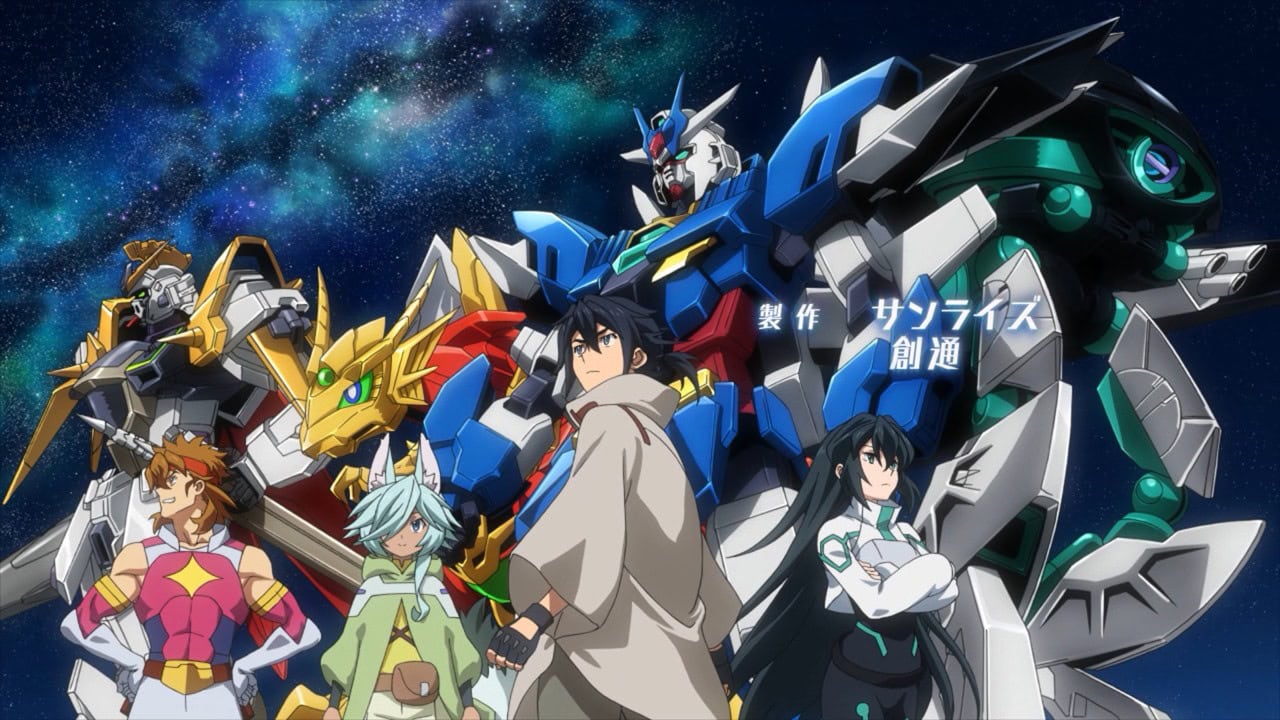
After 2 lukewarm series, Gundam Build rose to form again with Re:Rise. A story with deep characterization for a diverse and likeable cast and awesome Obari action.

Time to go digital! Build series is going full SAO and virtual with Build Divers – a light-hearted series and fun to enjoy without the need to complicate things.

Following GBF, Sunrise wanted to capture the magic with TRY. However, they fell just short of greatness but still create a series with amazing Gunpla battles.
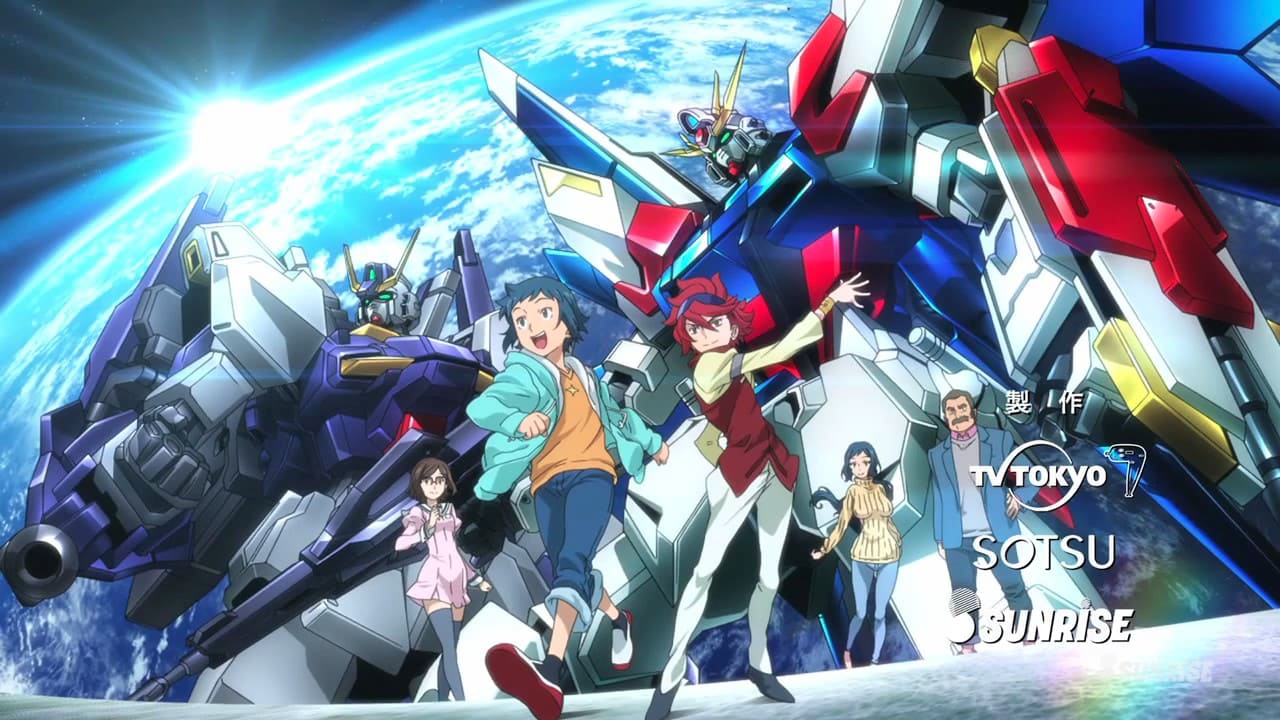
A hobby turned combat sport. Sunrise’s effort to attract new fans turned into a compelling series with gorgeous battles featuring iconic MS from the franchise.

The first animated Build series, Beginning G opened up new venues and excitement for the hobby, with light-hearted yet intense traditional MS battle.

Do you want a Gundam series with a brighter tone but still has banger battles? Then Metal Armor Dragonar is a perfect series for you!

A series about building regular model kit, and using them to find inspiration in life. A very uplifting and chill series for mecha fans to change their perspective on their hobby.

The sequel to SEED – a series that brought Gundam on top of the radar. Destiny is a sequel that earned both the intense love and hate within the fandoms.

An anime adaptation of a sci-fi novel with the same name, Yakitori really stir up the scene with its unusual storytelling and animation style. However, the characters really hold the series up.

A Fafner novel written by Tow Ubutaka – the person who understand Fafner the most. Explore Kazuki’s POV and his relationship in a way you’ve never seen before.
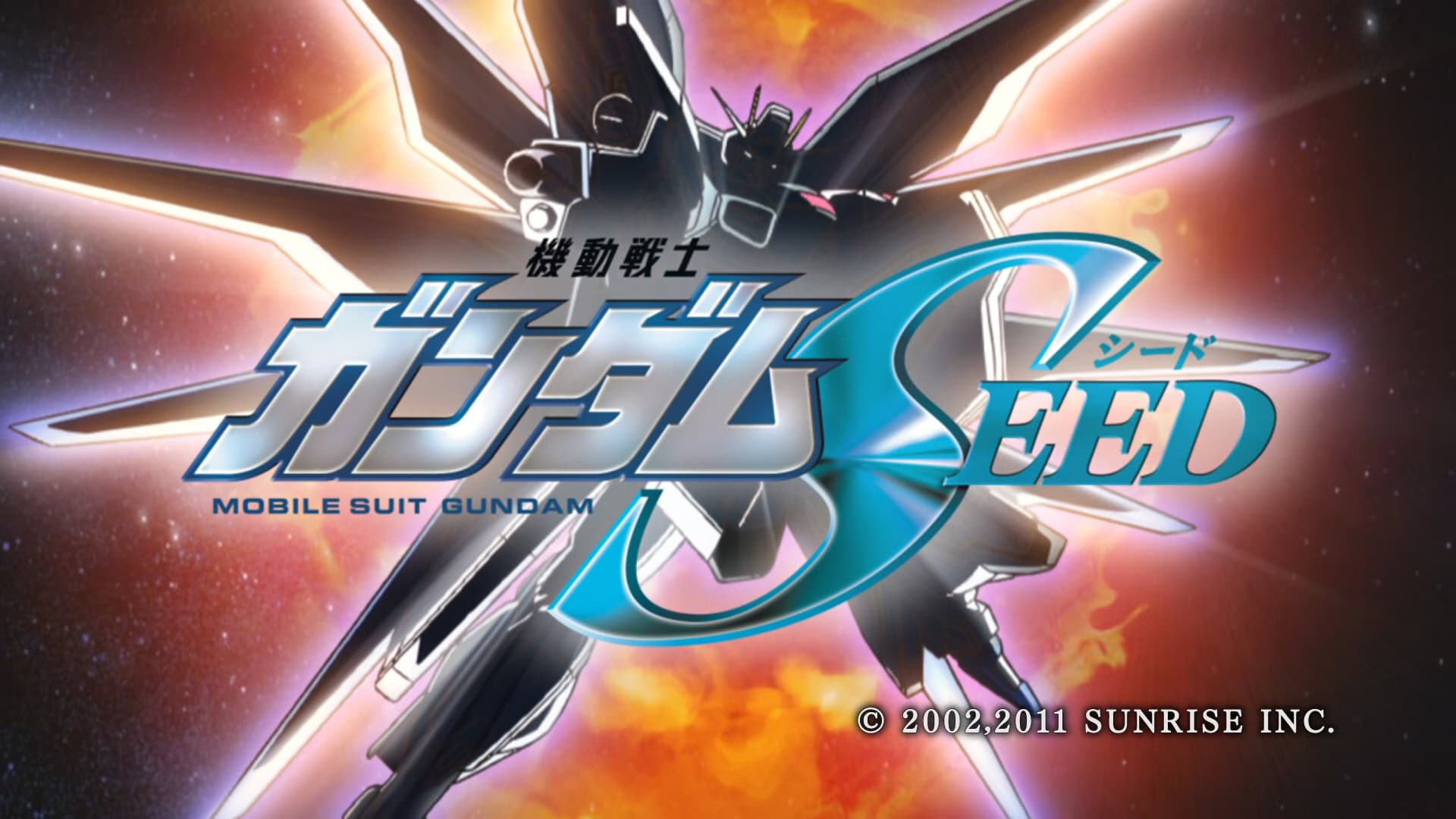
A new Gundam for a new era. Gundam Seed is one of the most popular modern Gundam series that has fans all around the world. And it also received much love from Sunrise as well.

A love letter to commemorate the pioneer of the Mecha genre, Mazinger Z Infinity remind us of the conviction and justice that the Iron Castle had, is, and will stand for.
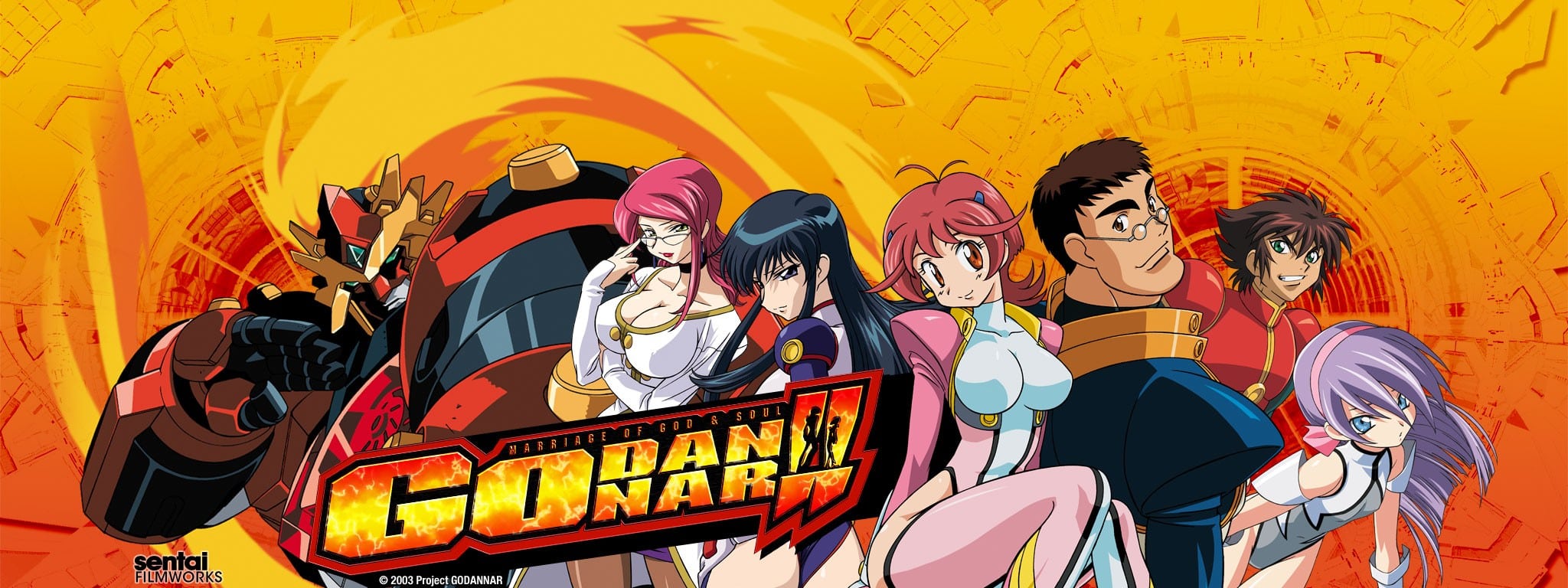
A badass and action-packed super robot series with an age-gap marriage between the two main characters. A hearth-throbbing and passionate tale about love and perseverance.

A new story of the boy who awoken a machine. Casshern Sins follow a conflicting young man in a world where life seems meaningless, yet everyone yearn for it anyway.
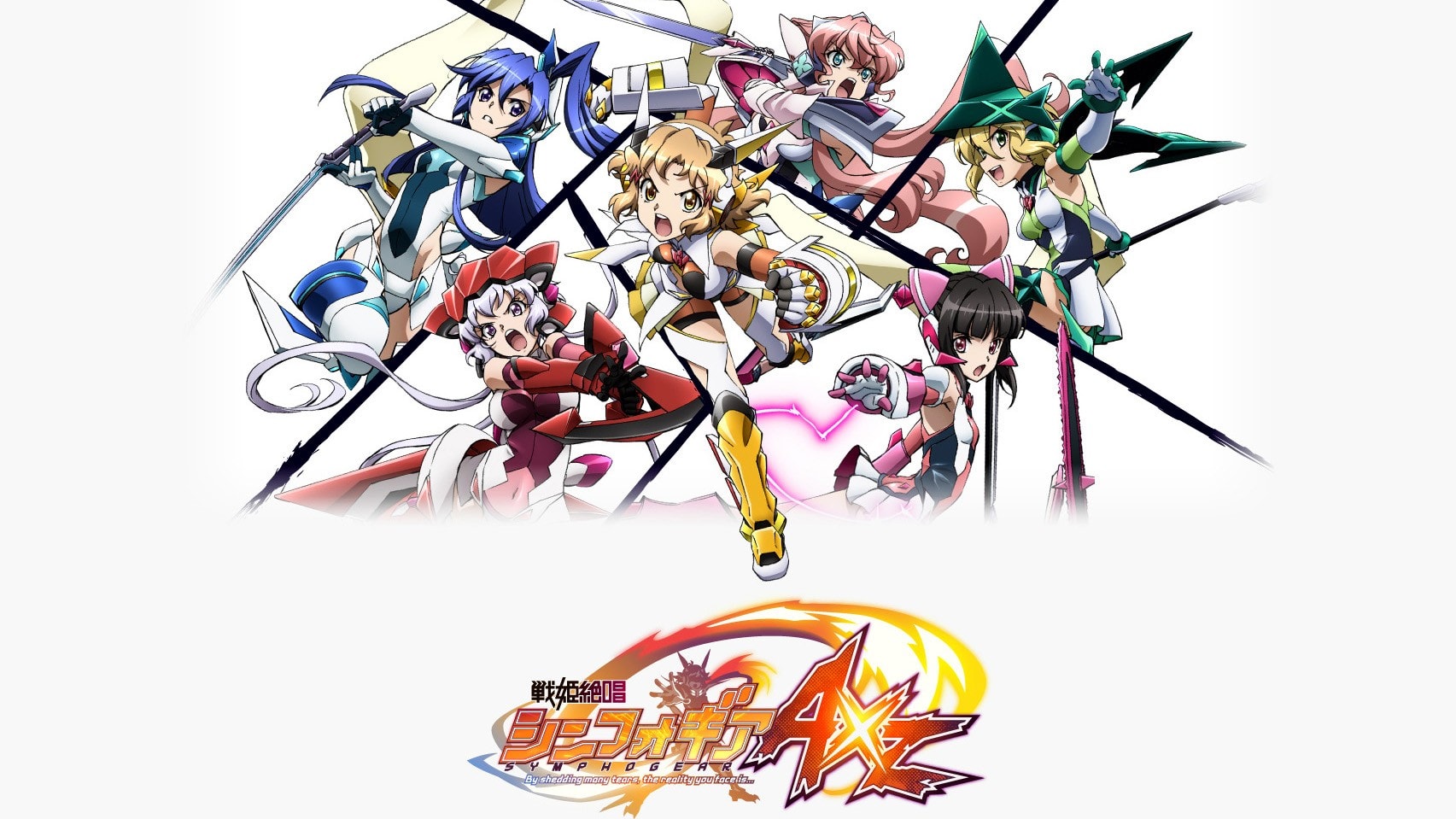
Just when things have calmed down, the Gear Users once again face an apocalyptic threat from a mysterious high order. This put Hibiki and her friends at risk once more.

New threats emerged to threaten the world. But new allies also appear to bring the Gear’s songs to a new level. A new battle await the girls!

Mahou Shoujo x Tokusatsu combined with plenty of mecha references, Symphogear bring us an audio and visual experience that is just the beginning. of a great franchise.
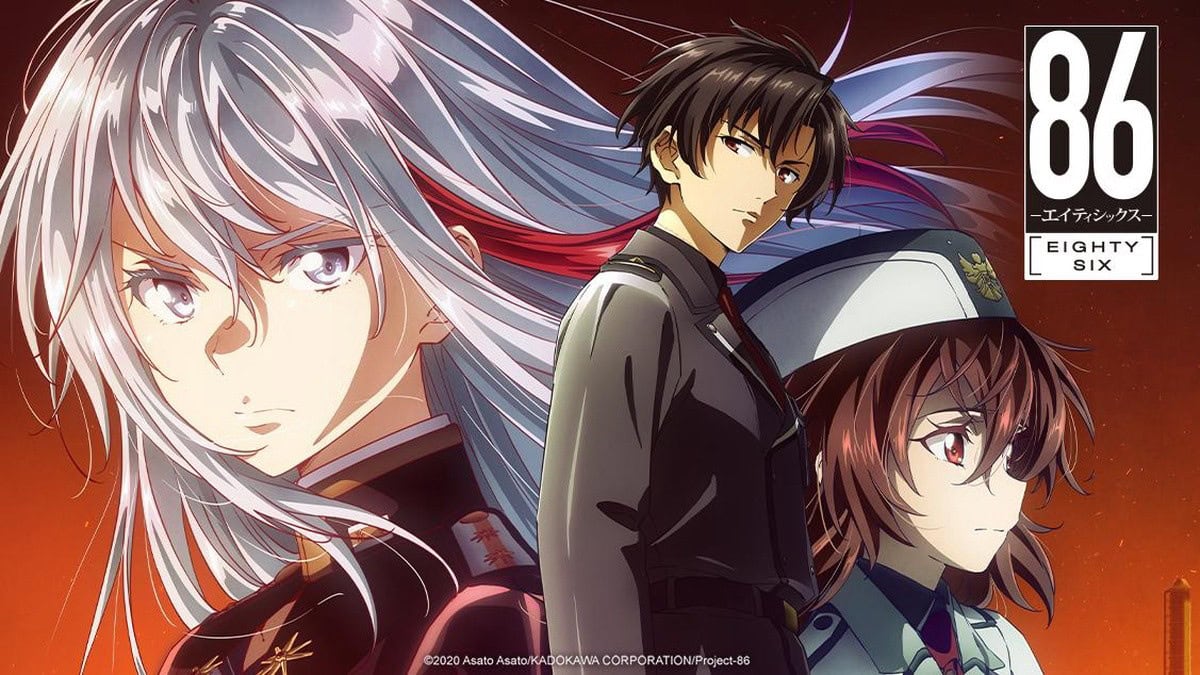
A new nation, a new story, a new battlefield. The reborn Eighty Six must choose between a life of peace or death. Will the Reaper be able to move on?
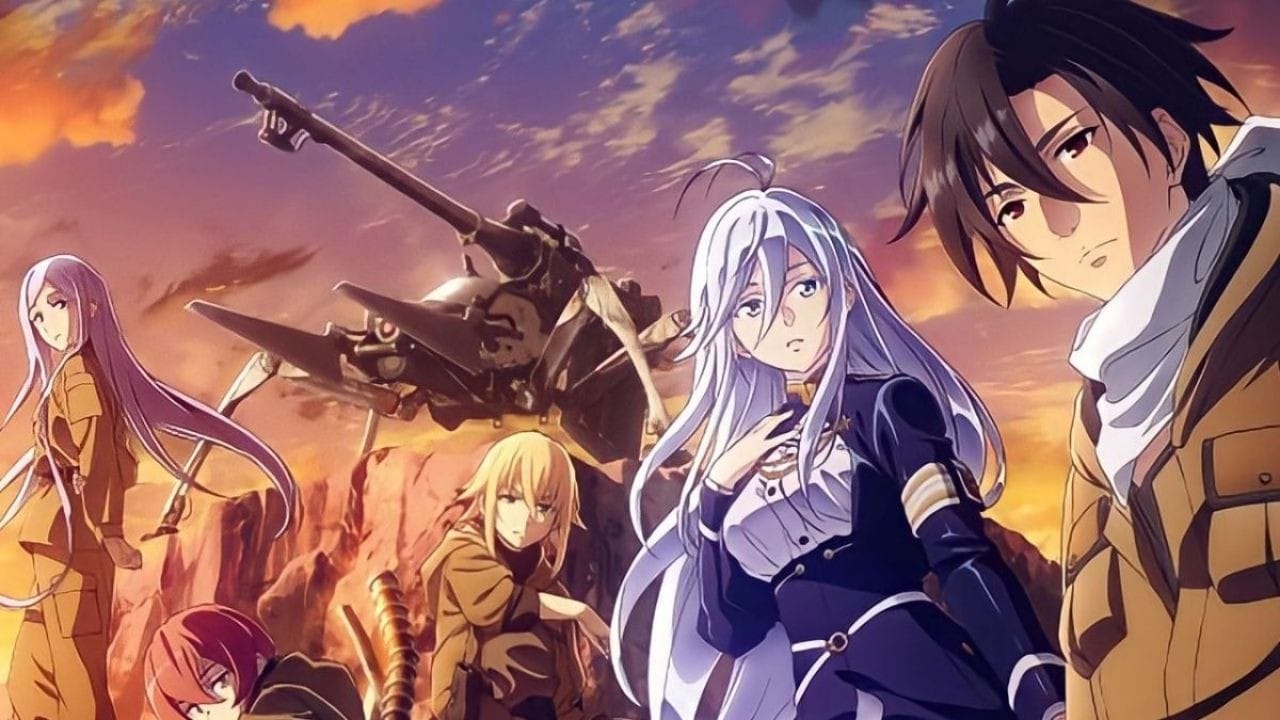
The depressing, gripping yet hopeful world of Eighty Six brought to life with A-1’s adaptation. The vision of Asato receives a depiction so emotional like no others.

A fun dogfight experience with some mecha combat thrown into the mix, Strike Suit Zero scratches some of that Macross action game that PC gamer has been wanting.

With his life completely smashed apart and turned upside down, teenage boy Ayato had to navigate a new world while being the key to control the winged giant RahXephon.
